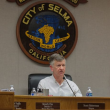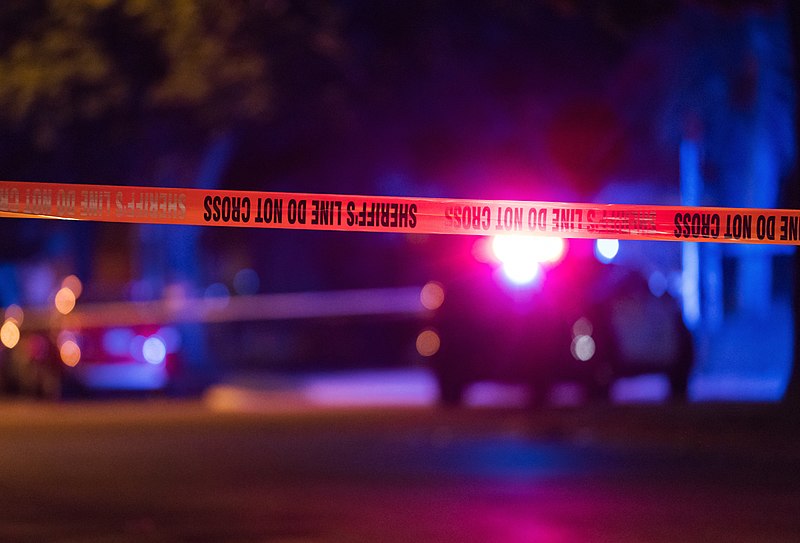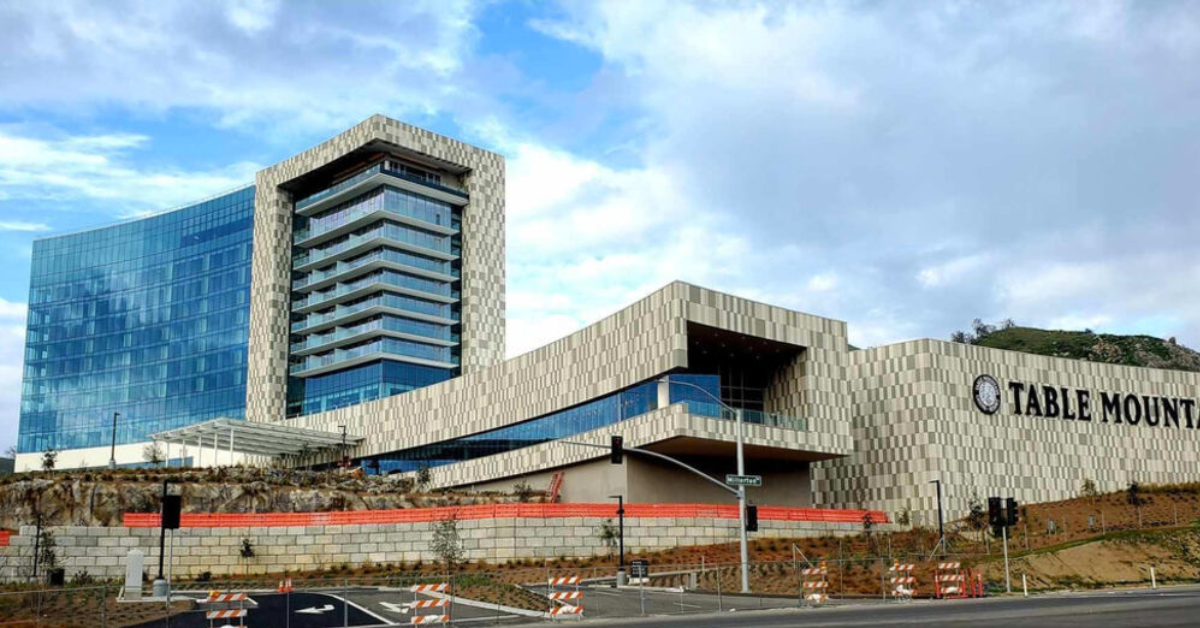Fresno City Hall is still working out the bugs in its Bus Rapid Transit system.
The challenge: Do the bugs truly matter?
We begin with an item on the City Council’s consent calendar last month, during its Sept. 19 meeting. Council Member Garry Bredefeld pulled the item for further discussion.
Transportation Director Greg Barfield asked for $116,604 to buy two BRT ticket vending machines to be used as spares. The BRT corridor stretches from the River Park shopping center on Blackstone Avenue to Downtown’s Courthouse Park, then east along Ventura Avenue/Kings Canyon Road.
The deal is with Genfare SPX. The city in January 2017 signed a contract of nearly $4.3 million with Genfare to provide BRT’s fare collection system. This system includes more than 50 ticket vending machines. BRT is all about improved public transportation. These ticket vending machines are at the heart of this goal.
According to the staff report, a BRT ticket machine was badly damaged in a car accident at Blackstone and El Paso avenues in North Fresno. One of the two additional machines would be a replacement. The other machine would be kept in reserve.
Bredefeld asked Barfield how the accident happened. Barfield said one vehicle was hit by a second vehicle, knocking the first vehicle into the ticket machine. There is no hope of saving the machine.
Bredefeld asked, “How is BRT doing?”
“Overall the service is great,” Barfield said. “Our problem has been with the machines. We have been strongly engaged with the leadership, the new president of Genfare, to combat the issues that we faced with malfunctioning machines. That’s one of the reasons why we need a spare, because we have cannibalized our current spare by using that to (supplement) parts in other machines. Genfare will be here next week, for the week. They have a software patch that they want to test, and we’re withholding any payment to them until such time.”
Council Member Luis Chavez, who represents Southeast Fresno, said he’s received complaints from constituents about malfunctioning machines on Kings Canyon.
Chavez asked: “How many of the machines are operational and correctly functioning?”
“It varies,” Barfield said. “Genfare, the company we bought the machines from, actually has their own technicians. Those technicians – there are four of them – they work Monday through Friday. One of the discussion points we’re having is, what happens when a machine malfunctions on a Friday night? Because then it’s out of service all weekend.
“We’re also having issues with what we call our VIP, which is the system that talks to us, that pops up different colors to tell us if a machine is acting right or not. That’s one of the fixes in this software patch that Genfare is bringing to us next week.
“Things got so bad at one point that I wrote a really nasty letter to the president. That president ended up being terminated by his board for whatever reason. But the new president has engaged us…. He will be on this trip coming up. And every 30 days we’re having status conversations with the president of the company as well as weekly conversations with his staff on issues that are affecting the machines. But (the machines) are a problem.”
“And that’s not just on Kings Canyon?” Chavez asked.
“That’s all over. That’s all the machines,” Barfield said.
There are several pieces to the BRT system that make it different from traditional FAX service. For instance, BRT riders don’t drop coins into a fare box at the front of the bus. They buy a ticket from a vending machine before the bus gets to the bus stop. Riders board the bus without interacting with the driver.
This part of Fresno’s evolving public transit system – pay your fair share beforehand, then smoothly and quickly board a bus with others who have also paid their fair share beforehand – is pivotal to not just BRT’s operational success but also building trust among BRT’s customer base.
No one wants to buy a ticket knowing there are no consequences if someone doesn’t buy a ticket.
Chavez asked Barfield: “What is our success rate for folks to hop on the BRT and actually pay?”
“We see a 30 percent evasion rate that we’ve been able to document,” Barfield said. “We have created two fare audit teams that are now led by a supervisor… We are trying our best now to educate the public because there is a perception among some folks that this is the free bus. I think that came from one of your former colleagues who preached that a lot. But we are really trying to educate folks on how to use the system and the fact that you do need to show proof of payment.”
Council Member Miguel Arias asked if it is time to find a new vendor for ticket machines.
“If we’d had this conversation 90 days ago I would have said let’s do like Las Vegas did and yank (the machines) out and sell them on eBay,” Barfield said. “But with the new president and his commitments, we’ve seen night and day (improvement) when its comes to his staff. But we’re also committed by the grant that we have to hold onto them (the machines) for so long.”
The Council unanimously approved Barfield’s request. None of the $116,000 comes from the general fund. The money comes from the Federal Transit Administration, which provided most of the approximately $50 million that is BRT’s price tag.
Who was that former council member who, according to Barfield, “preached” the notion of making BRT service free to everyone?
Based on my experience at City Hall, I’m guessing it was Clint Olivier. If so, then it’s my opinion that Barfield was taking Olivier’s words out of context.
Olivier suggested from the dais that the complex public transit funding system, combined with the equally complex and often contradictory mission for public transit, leads to an inescapable conclusion: Make the service free for everyone, then move on with life.
The Council on Sept. 19 did not seem overly concerned with a 30 percent fare evasion rate on BRT.
Why?
Perhaps council members, not to mention FAX officials, really don’t want to deal with the political fallout of writing potentially expensive citations for large numbers of fare evaders.
City Hall knew years ago that fare evasion would be a BRT problem without aggressive and sustained enforcement action. City Hall knows that high ridership numbers are vital to judging BRT a success. City Hall knows that the economics of BRT’s customer base, at least for a while, is likely to be the same as the economics of the customer base of traditional FAX service. City Hall knows that, when it comes to fare box revenue mandates, Measure C will continue to come to the rescue.
BRT’s grand debut occurred 19 months ago. There’s a reason why it took City Hall that long to come up with the idea of “fare audit teams.”
Too bad no one on the dais asked Barfield to explain.










